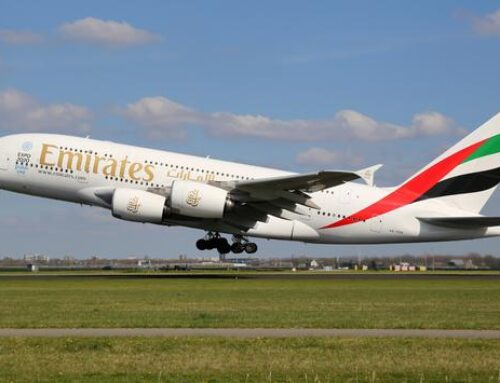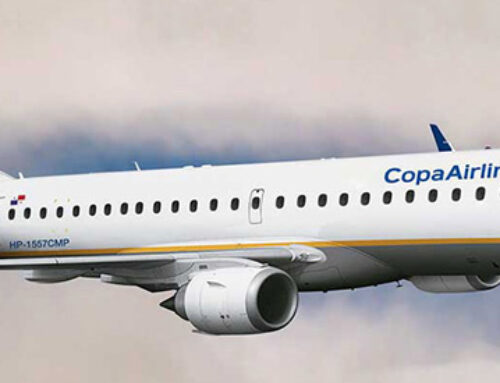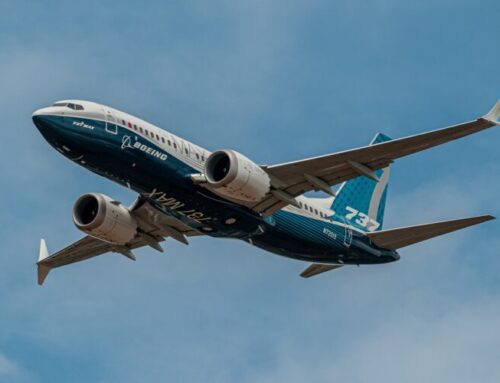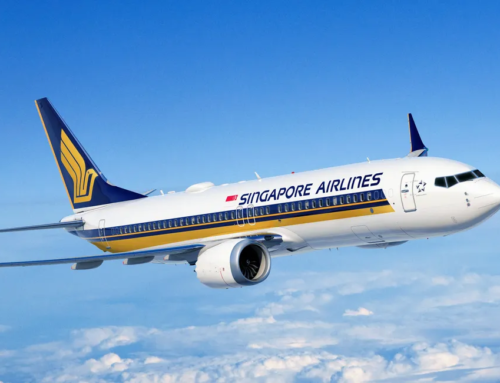
The struggle for overhead bin space has been a notorious aspect of air travel, often leading to frustration, delays, and the dreaded gate-checking of carry-on luggage. However, a significant shift is underway as airlines are increasingly installing larger overhead bins in their fleets, promising a future where every passenger might finally have enough room for their carry-on items. This upgrade is not just a convenience; it represents a pivotal change in the airline industry’s approach to passenger experience and operational efficiency.
Why Overhead Bin Space Became a Premium
The battle for bin space can be traced back to 2008, when airlines, grappling with financial strains during the Great Recession, started charging for checked baggage. This policy shift pushed passengers to pack more into their carry-ons, exacerbating the competition for overhead compartment space. The result was an air travel environment where boarding often involved a stressful scramble to find bin space, leading to delays and dissatisfaction.
The Challenge of Expanding Overhead Bin Capacity
Addressing the overhead bin space issue might seem straightforward—simply install bigger bins. However, the reality is far more complex. Upgrading bins involves significant investment and logistical challenges, including the need for new designs, regulatory approvals, and the logistical puzzle of retrofitting existing aircraft without disrupting service. For years, these factors, combined with financial constraints, deterred airlines from making the necessary changes.
A Shift Towards Larger Bins
Despite these challenges, the tide is turning. Airlines are now recognizing that the benefits of larger overhead bins—improved customer satisfaction, smoother boarding processes, and reduced delays—outweigh the costs and complexities of upgrading. This realization has led to the introduction of next-generation overhead compartments capable of accommodating more and larger carry-on items by allowing bags to be stored vertically.
The Role of Airlines in the Bin Upgrade Movement
- Southwest Airlines has been an outlier, largely avoiding the bin space issue by not charging for the first two checked bags. Nonetheless, it’s embarking on a retrofit program to further improve customer satisfaction through larger bins, among other upgrades, with completion targeted by 2027.
- Delta Air Lines is taking a somewhat different approach by modifying the doors on existing bins to better accommodate larger bags on its Boeing 737-800 aircraft, rather than fully replacing the bins.
- United Airlines is committing to a comprehensive fleet upgrade with its “United Next” interiors, promising bins that can hold 60% more bags and ensure space for every passenger’s carry-on.
The Future of Overhead Bin Space
The move towards larger bins is a promising development, but it’s not a cure-all. Effective use of the new space requires passenger cooperation and efficient management by gate agents. There will still be instances where gate-checking is necessary, but the trend towards larger bins is a step in the right direction for enhancing the air travel experience.
As airlines continue to update their fleets and retrofit existing aircraft, passengers can look forward to a future where the overhead bin scramble becomes a relic of the past. This upgrade is a testament to the industry’s evolving understanding of passenger priorities and a commitment to making air travel more pleasant and efficient for everyone involved.







